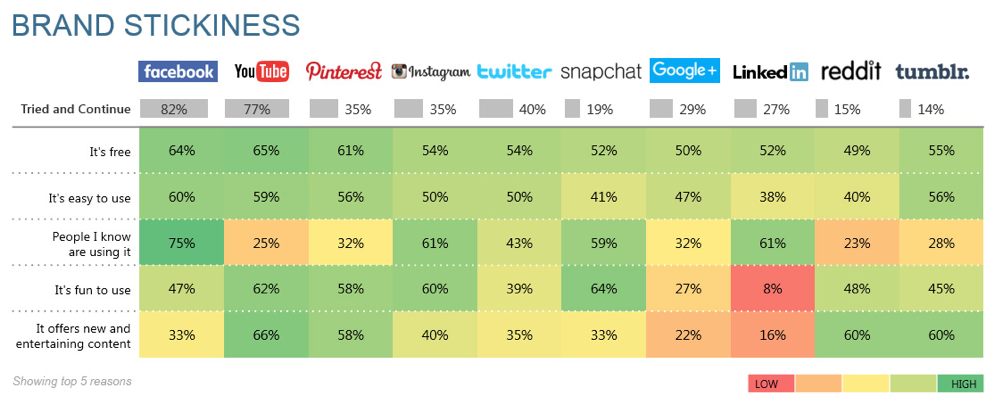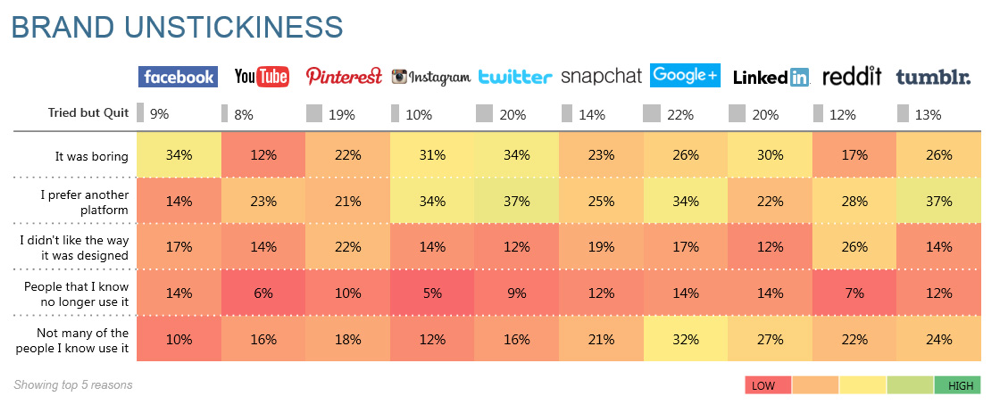Editor’s note: Erin Leedy is a senior vice president of research and consulting in the technology division of Market Strategies, a Livonia, Mich.-based marketing research firm. This is an edited version of a post that originally appeared here under the title, “Brand stickiness: Boosting technology brands’ customer loyalty and retention.”
It’s the season of sticky-sweet treats like popsicles and saltwater taffy. Man, these treats are good – and fun, reminding us of childhood summers and beachy weekends away. But their appeal – like summer’s sunny skies and lightening bugs – is ephemeral. When brands strive for stickiness, they’re not going for this quickly-fading sugar buzz. They’re striving to capture the attention and loyalty of consumers, ultimately to become a long-term favored brand. This long-term loyalty is tough to achieve these days. In a time when we’re seeing increasingly fickle consumers choosing from countless options with a finite amount of time to give, how does a brand become sticky?
According to Harvard Business Review, consumer brand stickiness involves consumers purchasing or trying the brand, continuing to use it over time and recommending it – in other words, sticky brands are tried out, used repeatedly and touted to others. In the consumer product brand space, Harvard Business Review’s 2012 study showed that sticky brands do well on a simplicity index, “A gauge of how easy it is for consumers to gather and understand (or navigate) information about a brand, how much they can trust the information they find and how readily they can weigh their options.”
Social media stickiness
Social media is a space that’s rapidly changing when it comes to up-and-comers, market leaders and fading brands, which makes it fertile ground to explore from a brand research standpoint. Improving customer retention is a strategic imperative all brands strive for to maximize loyalty. But how does a growing brand like Instagram stay relevant and continue to garner excitement? How does a relatively new brand like Snapchat grow its base of followers and keep them engaged? How do established brands like Facebook, Twitter and Google+ keep from fading?
I wanted to understand what factors made a brand sticky in the online and social brand space and what made a brand unsticky – a brand that might be tried out but falters when it comes to repeated use and advocacy.
Using our 2017 technology industry customer retention research (including some qualitative interviews with Millennials to add color), I found that several distinct brand traits seem to encourage stickiness.
- It’s easy to use. When comparing sticky and unsticky brands, the perceived ease of use is notable. Sticky brands are more often seen as easy to use; unsticky brands are less likely to be seen as easy to use. Clearly this impacts the transition from early trial to regular use. “If it’s easy to start using it, I may keep coming back regularly. If I can’t figure out how to use it, I’m more likely to walk away.”
- And my friends are using it. Beyond ease of use, there are a couple of different sticky brand patterns in the social media space. If something is easy to use and family, friends or colleagues are using it, the brand is stickier (even with less-than-stellar marks for its fun factor and entertaining content). Facebook fits this pattern: “It’s easy to use, and I know a bunch of people that use it, so I continue to use it.” According to one consumer, friend and community connections drive stickiness. “The top reason [to stick with a site] is that people I know are on it. I also like a social media platform that connects me with events happening in my community so I can meet new people. For example, I’ve found out there’s a tater tots and beer festival happening next week through Facebook Events.” And as another consumer summed up, “I use Facebook because mostly everyone in my social network uses that platform. It’s a one-stop shop for me to find out what’s going on with people in my life.”
- Or it’s fun and engaging. If something is easy and fun, with new, entertaining features and content, the brand is stickier (whether friends are using it or not). YouTube and Pinterest fit this pattern: “I think they are easy, fun and engaging, and I use them regularly even though people I know may or may not use them.” And even pervasive brands benefit from a perception of new and entertaining content and features. As one Facebook user put it, “I keep Facebook around for the login functions and the messenger app … the messenger app keeps me in contact with my friends with more functions/features than text messaging.”

Beyond what makes a social brand sticky, we looked at what makes a social brand unsticky – more prone to being abandoned. There are three primary culprits:
- It’s boring. All the brands in our study with an unsticky issue struggle here. For many, boredom with a social brand is a fast-track to quitting that brand. As one Twitter user mentioned, “I tend to leave a platform if it bores me or is more of a hassle than it’s worth. I bailed on Twitter after I realized it’s just spam and trolls. And it’s so hard to find anything interesting to read on there.”
- It’s not my favorite – I prefer another brand. When it comes to social time spent online, there’s only so much time to give. If another brand is clearly preferred, that can lead to a breakup with the brand(s) on trial. “I get overwhelmed with all the platforms. My friends and family are constantly trying to get me to use Instagram and Snapchat. I’ve made a login for each but never use them. It’s overwhelming to stay current with everyone on every platform.”
- It has design or user interface issues. Just as user friendliness can be a sticky aspect to a social media brand, when it’s missing, this can drive users away. Consumers don’t seem willing to put much time into learning how to use something in this space; if it’s not easy to pick up and use, it may be abandoned. As one former Snapchat user noted, “Snapchat isn’t very user friendly in my opinion; it was a hassle trying to use it so I stopped.”
Interestingly, what others do isn’t a top driver when it comes to unstickiness. If friends abandon a brand, that doesn’t seem to trigger abandonment in the way that boredom and user experience issues do.

As new brands enter the social media space, I’ll be watching for the known markers of success, including fun interaction and new, entertaining content. As for brands that are already in the space, improved ease of use could increase the stickiness factor, as could injecting some fun or new features or types of content. Staving off boredom – an issue that plagues even market leader Facebook and established brands like Instagram, Twitter and LinkedIn – is critical in this space to ensure that users don’t stop visiting.
